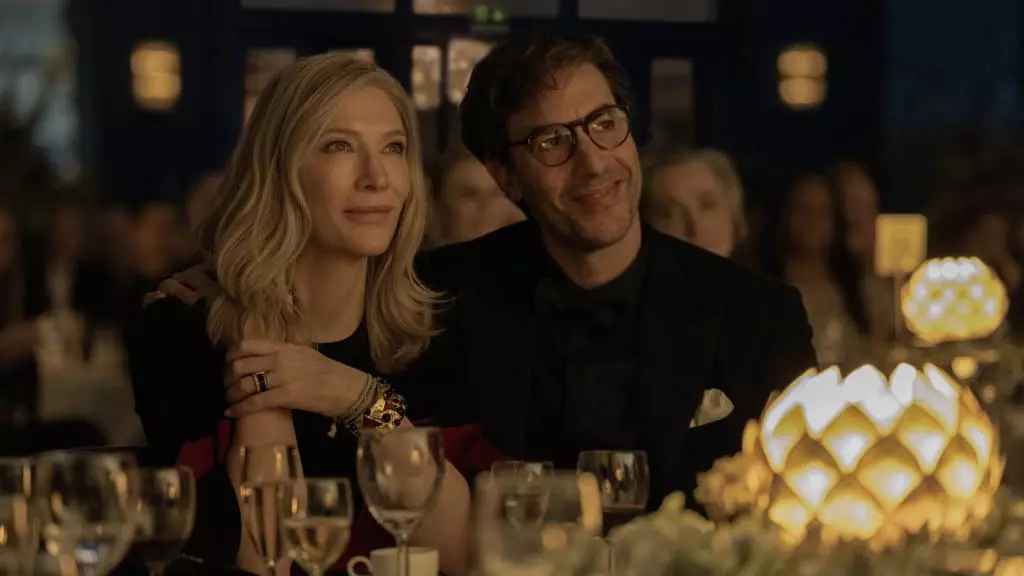The film industry has always been a dynamic and ever-evolving entity, shaped by the vision and demands of its leading figures. Iconic producers like David O. Selznick, Sam Goldwyn, and Darryl F. Zanuck wielded significant power during the Golden Age of Hollywood, often exerting considerable influence over filmmakers. In today’s landscape, however, the rise of social media platforms and digital creators presents a stark contrast, prompting a reflection on how these historical figures would navigate the complexities of modern cinema.
The Authority of Classic Producers
David O. Selznick is often criticized for his brusque methods, particularly during productions. He disrupted filmmakers’ pitches, demanding changes and exacting a level of performance that many would describe as bullying. At a time when the studio system dictated the flow of film, Selznick’s insistence on control transformed movies into a reflection of his own vision, often disregarding the creative input of others. This could lead to endless memos detailing intricate instructions for cast and crew, reflecting an obsession with precision and a need for oversight.
Imagine if these legendary producers were faced with today’s emerging filmmakers like Alfonso Cuarón, who continuously challenge the status quo and redefine cinematic storytelling. Would Selznick have felt threatened by Cuarón’s artistic freedom and willingness to explore unconventional narratives? Given Selznick’s notorious track record of interference—from replacing directors mid-production to rewriting scripts extensively—one can only speculate how he would perceive the organic and often chaotic nature of today’s filmmaking environment.
In stark contrast to the formula-driven approach of past decades, modern filmmakers are leveraging the digital landscape to create emotionally resonant narratives for contemporary audiences. Cuarón’s latest work, “Disclaimer,” illustrates this shift. This series, featuring heavyweights like Cate Blanchett and Sacha Baron Cohen, adeptly interweaves complex themes of tragedy and morality, inviting viewers to engage critically rather than passively consuming content. The mixture of elaborate storytelling and graphic content serves to spark discussions, albeit leaving some critics perplexed.
The reception of Cuarón’s project reveals a notable departure from the past: today’s audiences are not merely consumers; they are participants in the conversation. This evolution in audience interaction demonstrates a significant cultural shift where viewers expect to engage with content on another level, a factor that Selznick and his contemporaries might have struggled to grasp.
Selznick’s style, driven by constant memos and directives, would likely clash with the more fluid and collaborative environment embraced by current filmmakers. Creatives today often operate independently or in smaller teams, using platforms such as YouTube or TikTok to reach audiences directly without extensive studio intervention. This method allows filmmakers to experiment with their craft—an artistic freedom that the instrumental powers of Hollywood’s past could easily have stifled.
Furthermore, the modern era’s reliance on digital content means that viewers can access, critique, and disseminate film work almost instantaneously. Selznick’s meticulous oversight would perhaps falter in a landscape where audience feedback is immediate and potent. Instead of drawing strength from critique, he may have perceived it as a threat, unable to adapt to quick shifts in audience sentiment and taste.
As the industry continues to evolve, filmmakers of today are stepping up to challenge the conventions set by their predecessors. New voices like Emerald Fennell and Margot Robbie are poised to present fresh interpretations of classic literature, for instance, “Wuthering Heights,” free from the rigid demands of traditional producers. This rebirth of storytelling from diverse perspectives not only enhances the narrative landscape but fosters a more inclusive and rich cinematic experience.
The contrasting visions of the past and present highlight a vital transformation in the film industry. While Selznick, Goldwyn, and Zanuck may have found great success with their authoritative and often uncompromising styles, today’s creators thrive by embracing collaboration, innovation, and audience engagement.
As we reflect on the impressive legacy of formidable producers, it becomes clear that adaptability is key to longevity in the film industry. Alfonso Cuarón and others like him are successfully crafting narratives that resonate today without the constraints of bygone production practices. Through their creativity and understanding of contemporary culture, they are paving the way for the next generation of filmmakers—one that respects its roots while forging a new path forward, all while facing the challenges posed by an ever-changing technological landscape. The dialogue between the past and the present continues, revealing invaluable lessons for aspiring creators in the art of storytelling.

